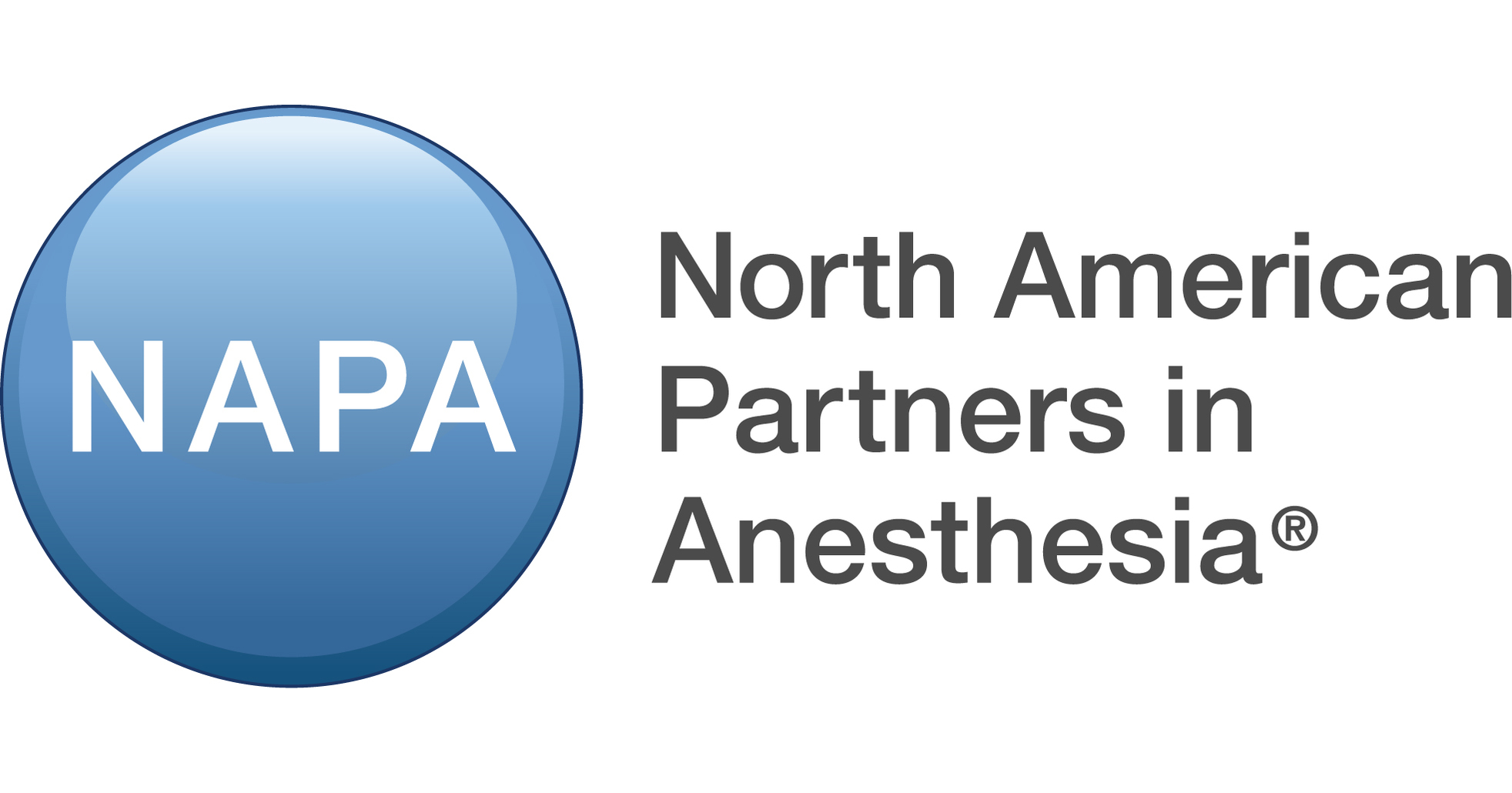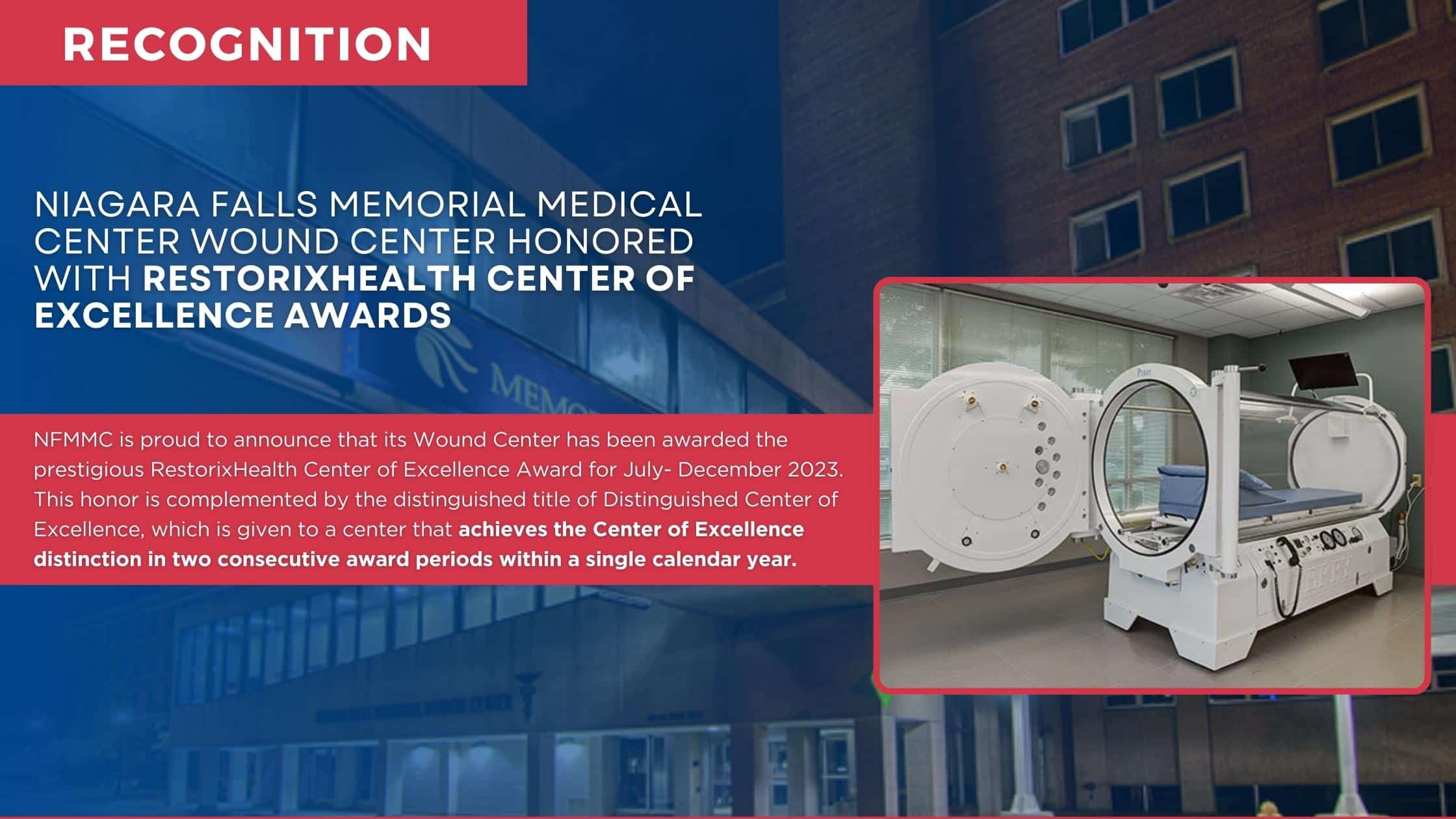North American Partners In Anesthesia Locations

The anesthesiology landscape across North America continues to evolve, with North American Partners in Anesthesia (NAPA) playing a significant role. As one of the largest anesthesia practices in the United States, NAPA's presence impacts countless patients and healthcare facilities. Understanding their operational footprint and future strategies is critical for stakeholders across the healthcare ecosystem.
This article delves into NAPA's geographical distribution, strategic partnerships, and evolving business model. We will examine the factors influencing their location choices and explore potential implications for healthcare access and quality in the regions they serve. Data from industry reports, official statements, and expert analyses will inform this comprehensive overview.
NAPA's Geographic Footprint: A State-by-State Overview
NAPA's operations span numerous states, primarily concentrated along the East Coast and expanding westward. Key states with a significant NAPA presence include New York, New Jersey, Connecticut, Pennsylvania, and Florida. These regions represent a mix of urban centers and suburban communities where NAPA provides anesthesia services across various healthcare settings.
The company's growth strategy has historically involved both organic expansion and acquisitions of smaller practices. This approach allows NAPA to quickly establish or enhance its market share in specific geographic areas. These locations often include hospitals, ambulatory surgery centers (ASCs), and office-based anesthesia practices.
Northeast Dominance: Origins and Expansion
NAPA's roots are firmly planted in the Northeast, where they first established a strong presence. The region's dense population and concentration of healthcare facilities made it an ideal starting point for expansion. NAPA has been able to leverage its reputation and resources to secure contracts with leading hospitals and healthcare systems in these states.
Specifically, in states like New York and New Jersey, NAPA is a major provider of anesthesia services. They have established partnerships with numerous hospitals and ASCs to deliver perioperative care.
Southern Growth: Florida and Beyond
The Southeast, particularly Florida, has been a target for expansion in recent years. The state's growing population, especially its aging demographic, creates a substantial demand for healthcare services, including anesthesia. NAPA has responded by establishing or acquiring practices across Florida, serving both major metropolitan areas and smaller communities.
Beyond Florida, NAPA is also present in other Southern states, albeit to a lesser extent. This reflects a broader trend of healthcare providers expanding their reach into the Sun Belt region. This geographic expansion allows them to tap into new patient populations and capitalize on the region's growth trajectory.
Midwest and Western Expansion: A Measured Approach
Compared to the East Coast and Southeast, NAPA's presence in the Midwest and West is comparatively smaller. However, the company has demonstrated a commitment to expanding its reach into these regions. This approach involves carefully selecting strategic partnerships and focusing on areas with high growth potential.
States like Texas and Arizona may represent future growth opportunities for NAPA. The healthcare markets in these states are experiencing rapid growth, driven by population increases and economic development. NAPA's success in these regions will depend on its ability to establish strong relationships with local healthcare providers and adapt to the unique needs of these markets.
Factors Influencing Location Decisions
Several factors drive NAPA's decisions regarding where to establish or expand its operations. These include demographic trends, the availability of healthcare facilities, and the competitive landscape. Regulatory environments and reimbursement policies also play a crucial role.
Understanding these factors is essential to predicting NAPA's future growth trajectory. It also helps to assess the potential impact on healthcare access and quality in different regions.
Demographic Trends and Market Demand
Population growth, aging populations, and changing disease patterns significantly impact the demand for anesthesia services. Regions with rapidly growing populations or a large elderly demographic often present attractive opportunities for NAPA. These populations are more likely to require surgical procedures and other interventions that necessitate anesthesia care.
Furthermore, certain disease patterns, such as the prevalence of obesity or cardiovascular disease, can increase the demand for specialized anesthesia services. NAPA's ability to adapt to these changing demographic and disease patterns is crucial for its continued success.
Healthcare Infrastructure and Partnerships
The availability of hospitals, ASCs, and other healthcare facilities is a critical factor in NAPA's location decisions. The company seeks to establish partnerships with well-regarded healthcare providers that offer a wide range of surgical and procedural services. These partnerships provide NAPA with a steady stream of patients and enhance its reputation within the medical community.
Additionally, NAPA considers the presence of other anesthesia providers in the area. A less competitive market may present a more attractive opportunity for NAPA to establish or expand its presence. However, NAPA also faces competition from other large anesthesia practices and smaller, independent groups.
Regulatory and Reimbursement Landscape
State and federal regulations, as well as reimbursement policies, can significantly impact NAPA's financial performance. States with more favorable regulatory environments or more generous reimbursement rates may be more attractive for expansion. NAPA must also navigate the complexities of billing and coding to ensure proper reimbursement for its services.
Changes in healthcare policy, such as the implementation of value-based care models, can also influence NAPA's strategies. The company must adapt to these changes to maintain its profitability and competitiveness.
Future Outlook and Potential Implications
Looking ahead, NAPA is likely to continue expanding its geographic reach and diversifying its service offerings. This will involve both organic growth and strategic acquisitions. The company will need to adapt to the evolving healthcare landscape to maintain its position as a leading anesthesia provider.
NAPA's expansion could have both positive and negative implications for healthcare access and quality. While it could increase access to anesthesia services in underserved areas, it could also lead to consolidation and reduced competition in certain markets.
Ultimately, the impact of NAPA's growth will depend on its ability to provide high-quality, cost-effective care while maintaining strong relationships with healthcare providers and patients. The evolving healthcare environment will continue to shape NAPA's strategic decisions and influence its future success. It will be important to monitor the company's actions and evaluate its impact on the anesthesia landscape in the years to come. NAPA's locations demonstrate the dynamic shifts within the healthcare sector. They must adapt to ensure sustainable success.














